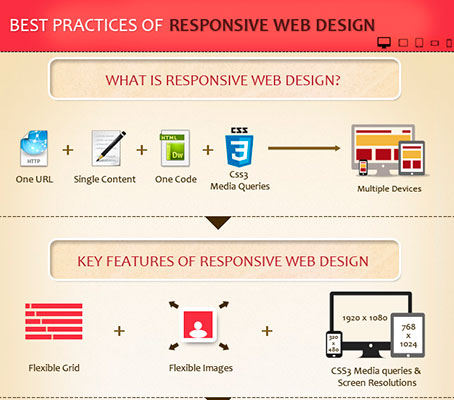Internet Site Design Basics: Tips For Structure A User-Friendly Website
Internet Site Design Basics: Tips For Structure A User-Friendly Website
Blog Article
Author-Scarborough Secher
When it pertains to internet site style, ensuring user-friendliness is key. From responsive style to streamlined navigating, every element plays a critical function in creating a site that deals with your audience's needs. But what regarding search engine specialist that can make or break an individual's searching experience? Keep tuned as we discover some often-overlooked ideas that can boost your internet site's usability to the following level, making it genuinely stand apart in the digital landscape.
Relevance of Responsive Style
Responsive layout is an essential aspect of contemporary web site advancement. Guaranteeing your site is receptive methods that it can adjust to different screen sizes and devices, supplying a seamless experience for customers.
With the enhancing use smart devices and tablets to access the internet, having a responsive layout is necessary for getting to a broader target market. https://seopluginsforwoocommerce73950.theisblog.com/31349961/boost-your-brand-the-function-of-specialist-web-site-growth-in-expanding-your-organization aids in boosting user experience by making your website very easy to browse and read on any tool.
Additionally, responsive style can positively impact your internet search engine rankings, as search engines like Google prioritize mobile-friendly internet sites. By having a receptive design, you're also future-proofing your website, as brand-new gadgets with varying screen dimensions continue to arise.
Simplify Navigation Structure
To improve user experience and promote simple access to information on your site, streamlining the navigating structure is critical. When making your site, focus on developing a clear and instinctive navigation food selection that helps visitors discover what they're looking for promptly.
Restriction the variety of food selection things to the essentials, organizing associated pages with each other to stay clear of overwhelming individuals. Usage detailed tags that clearly indicate the content of each page, making it simpler for users to understand where each web link will take them.
Think about implementing dropdown menus for subcategories to prevent jumbling the primary navigation bar. Additionally, consist of secure website hosting on the page for customers that like looking for particular info.
Prioritize mobile responsiveness in your navigating design to ensure simple gain access to on all devices.
Optimize Page Load Rate
Improving page load speed is important for maintaining site visitors on your site. Slow-loading web pages irritate users and can lead to high bounce prices. To maximize web page load speed, begin by enhancing photos. Compress images without jeopardizing top quality to decrease their file dimensions.
Furthermore, allow web browser caching to store frequently accessed resources in your area, accelerating tons times for returning visitors. Minify CSS, JavaScript, and HTML files by getting rid of unnecessary characters, comments, and formatting, boosting lots speed.
Think about utilizing a material distribution network (CDN) to disperse your site's content throughout numerous servers worldwide, decreasing latency for individuals accessing your website from various locations. Finally, restrict the use of third-party manuscripts and plugins, as they can significantly influence load times.
Verdict
Finally, by including responsive style, streamlining navigation, and optimizing web page load speed, you can develop an easy to use site that attract a larger target market and boosts customer experience. These essential elements guarantee that visitors can quickly accessibility and browse your site throughout various gadgets, causing enhanced engagement and complete satisfaction. By focusing on these key aspects, you can construct a successful website that keeps individuals returning for more.
